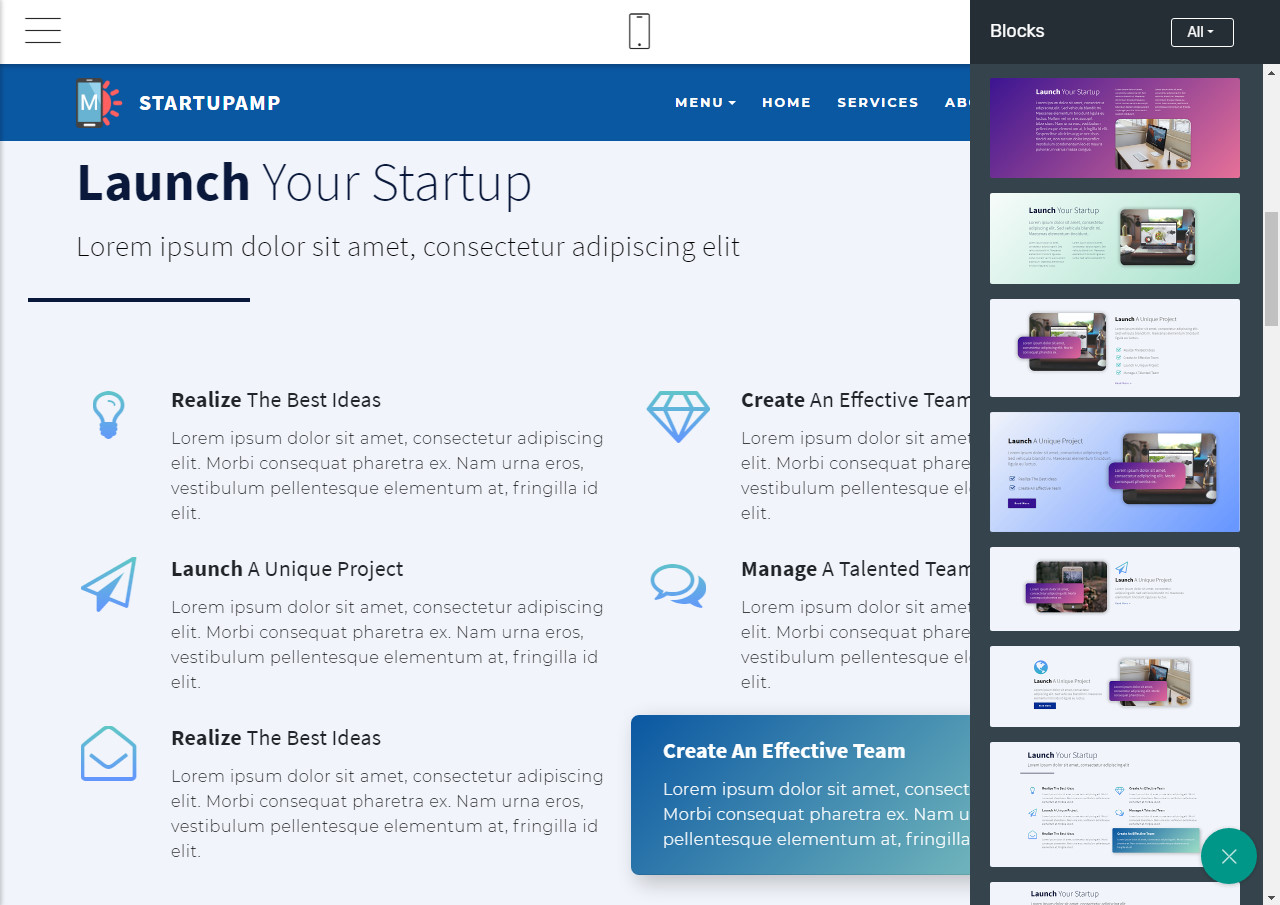

This picture below shows how AMP pages work.įirst, a publisher creates an AMP version of his original HTML document. Some regular HTML tags are replaced with custom AMP HTML tags for improved performance. The pages load faster because certain elements like JavaScript and CSS are eliminated.
Google amp cdn code#
How Does AMP Work?ĪMP works by creating a streamlined version of the HTML code which helps to improve website loading speed on mobile devices. So there is virtually no difference between AMP and non-AMP pages in SERP now. However, as of May 2020, Google ditched the AMP badge and stopped prioritizing AMP format in its Top Stories carousel. You might remember AMP pages by a distinctive lighting bolt icon in top places in search results.

Source: Washington Post AMP Website Examples
Google amp cdn how to#
Related article: How to Implement Google AMP for WordPress Facebook Instant Article Example However, AMP isn’t app-bound, and any publisher can optimize its mobile content on the open web. Google AMP is an HTML project designed to create fast-loading and lightweight mobile pages.ĪMP was developed in response to Facebook’s Instant Articles and Apple News, allowing mobile users to consume content quickly and easily from their phones. This article explains if AMP is still relevant in 2023, AMP’s benefits and limitations, and if publishers should build AMP pages for their websites. It is each party’s responsibility to disclose its privacy policy and comply with relevant data regulations, including European laws relating to its use of cookies.Accelerated Mobile Pages, or AMP, is an open-source framework launched in 2016 by Google and backed up by big tech companies like WordPress, LinkedIn, Twitter, and others.īut is Google AMP something many publishers use today? In such a case, data collection by each party is governed by that party’s privacy policy (i.e., in a hybrid viewer environment, data collected by the AMP page is governed by its privacy policy and data collected by the third party platform is governed by the platform’s privacy policy). If an AMP page is shown within a viewer on a third party platform, such as a Google AMP Viewer on Google Search, the viewer may be a hybrid environment in which the AMP page and the third party platform may each collect data about the user. Additional information and tools for generating cookie notices can be found at Note that the AMP component amp-user-notification provides a way to display a dismissable notification to the user. It is the website's responsibility to determine, based on its use of cookies, what type of notice would be appropriate. In many cases, these laws also require that the website obtain consent. It is the publisher or advertiser’s responsibility to disclose its privacy policy, ideally by including a link to it within each of their AMP pages.įurthermore, the laws in many jurisdictions, such as in the European Union, require a website to give visitors information about cookies and other forms of local storage used on the site (including AMP pages). If a publisher or advertiser collects data from users who view its AMP pages, such data collection is governed by their privacy policy. In summary, the goal is that the combination of limited technical functionality with a distribution system built around caching will lead to better performing pages, and increased audience development. Other companies may build their own AMP cache as well. Google has provided the Google AMP Cache that can be used by anyone at no cost, and all AMPs will be cached by the Google AMP Cache. Under this type of framework, publishers and advertisers continue to control their content, but platforms can easily cache or mirror the content for optimal delivery speed to users. By using the AMP format, content producers are making the content in AMP files available to be cached by third parties. In addition, AMP files can be cached in the cloud in order to reduce the time content takes to get to a user’s mobile device. The goal is not to homogenize how content looks and feels, but instead to build a more common technical core between pages that speeds up load times. AMP developers can use a rich and growing library of web components that offer the ability to embed rich media objects like video and social posts, display advertising, or collect analytics. Just like all web pages, Accelerated Mobile Pages will load in any modern browser or app webview.ĪMP files take advantage of various technical and architectural approaches that prioritize speed to provide a faster experience for users. Accelerated Mobile Pages are just like any other HTML page, but with a limited set of allowed technical functionality that is defined and governed by the open source AMP spec.


 0 kommentar(er)
0 kommentar(er)
